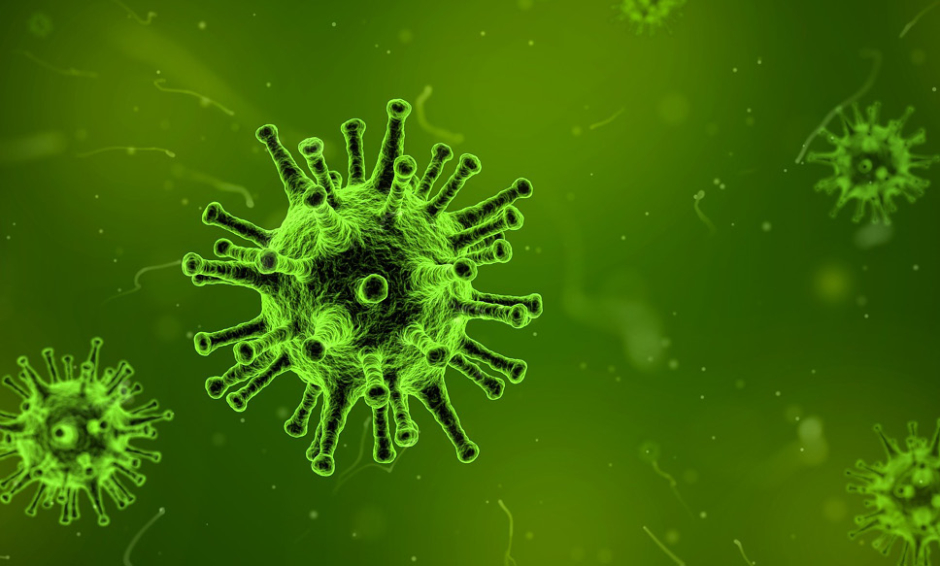MECHANISMS used by mitochondria in trypanosomes to distribute their genome during cell distribution have been uncovered by researchers from the University of Bern, Bern, Switzerland, using revolutionary high-resolution technology. The discovery is likely to aid the study of fundamental biological questions and could lead to treatments for diseases caused by the parasite, such as human African sleeping sickness.
Different Behaviours
Using stimulated emission depleted (STED) microscopy, the team were able to observe mitochondria genome distribution during cell division with a resolution of less than 50 nanometres, enabling them to decode parts of the mechanism. Crucially, they found that mitochondria in trypanosomes behave differently from those in humans in this process, with the parasites having developed most nodules exclusively for their function in mitochondrial genome distribution machinery.
New Therapies
The findings could help scientists reveal the causes of the incorrect mitochondrial genome distribution in human diseases, such as muscular disorders and potentially some specific forms of cancer. Additionally, they could lead to new therapies for a number of conditions caused by trypanosomes.
“Along with the findings for the fundamental research, the study also provides new techniques, which can also be applied to other organisms in the future,” commented Prof Torsten Ochsenreiter, University of Bern. “But the differences discovered in the distribution machinery in parasites and humans are of particular interest for developing new medicines against the sleeping sickness and other illnesses caused by the trypanosomes in humans and animals.”
Answering Biological Questions
Trypanosomes are frequently used as a model system in life sciences because of their very simple mitochondrial set up, which is similar to the way it was 1.5 billion years ago, allowing researchers to ascertain how cells evolved to their current condition. They also contain just one very large mitochondrion with a sole giant genome, making microscopic analysis much easier than in human cells, which usually have hundreds of thousands of mitochondria, each holding several genomes. The new findings provide important insights into cell biology that can be used to assist future research.
James Coker, Reporter
For the source and further information about the study, click here.








